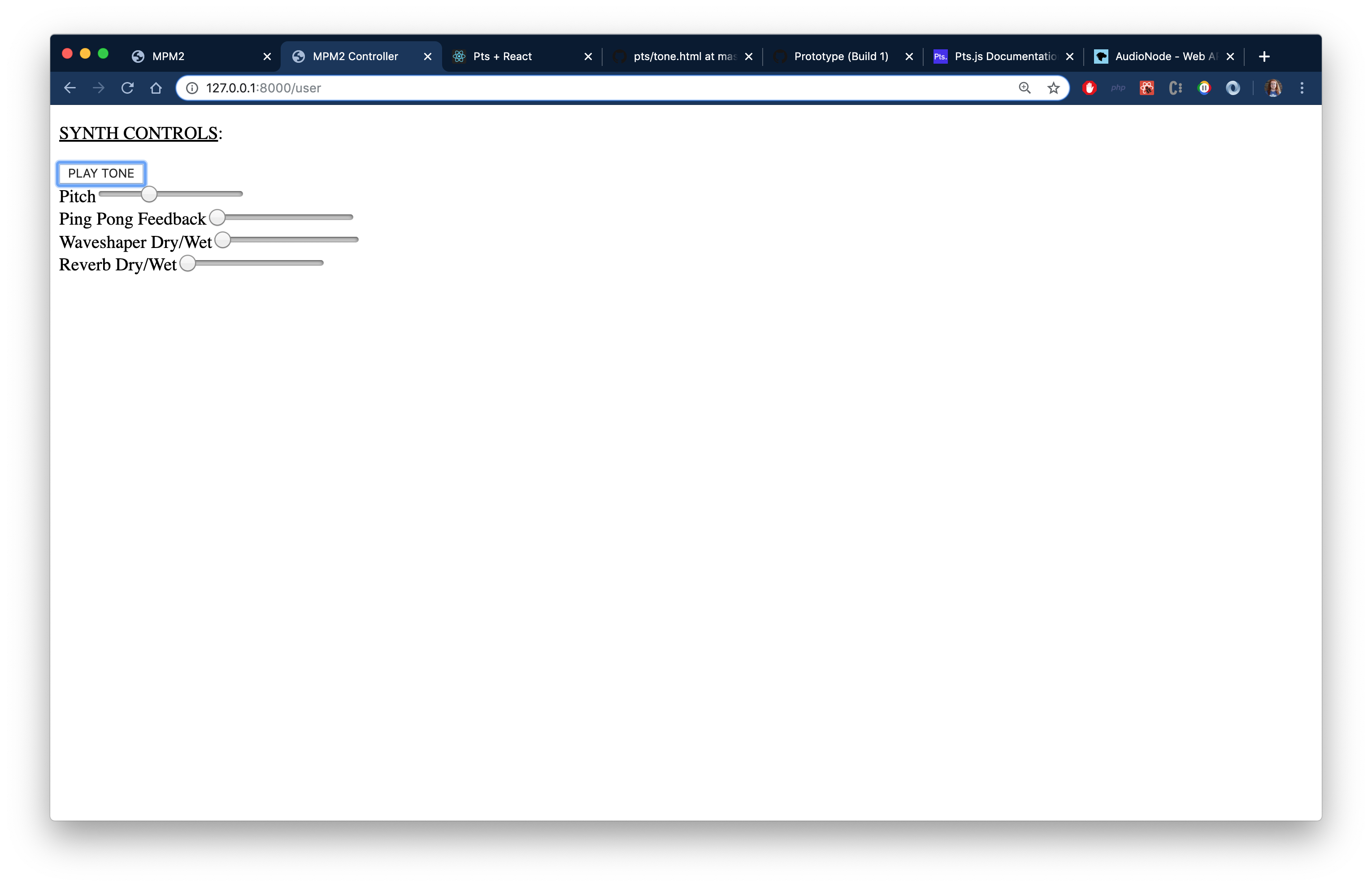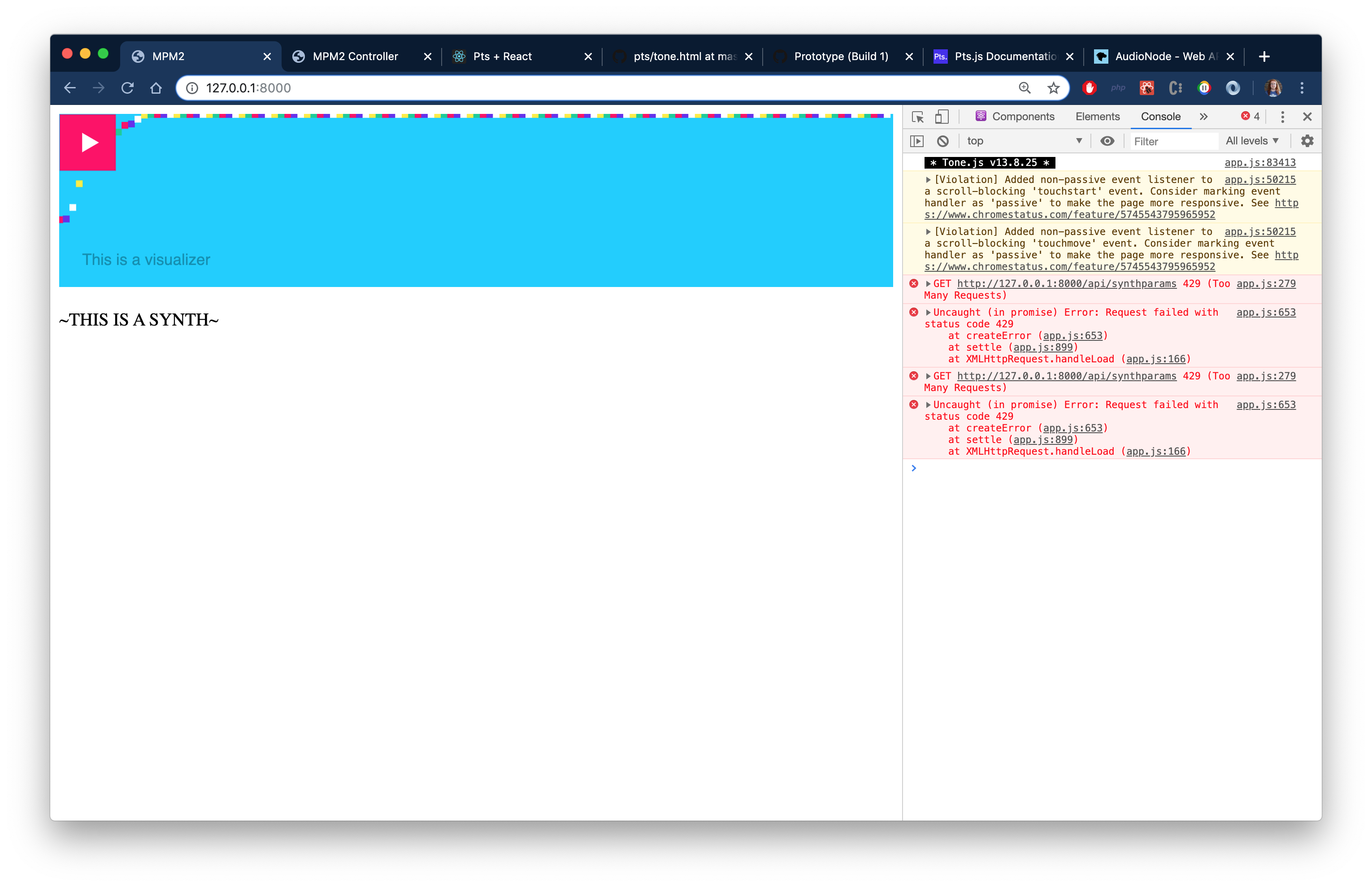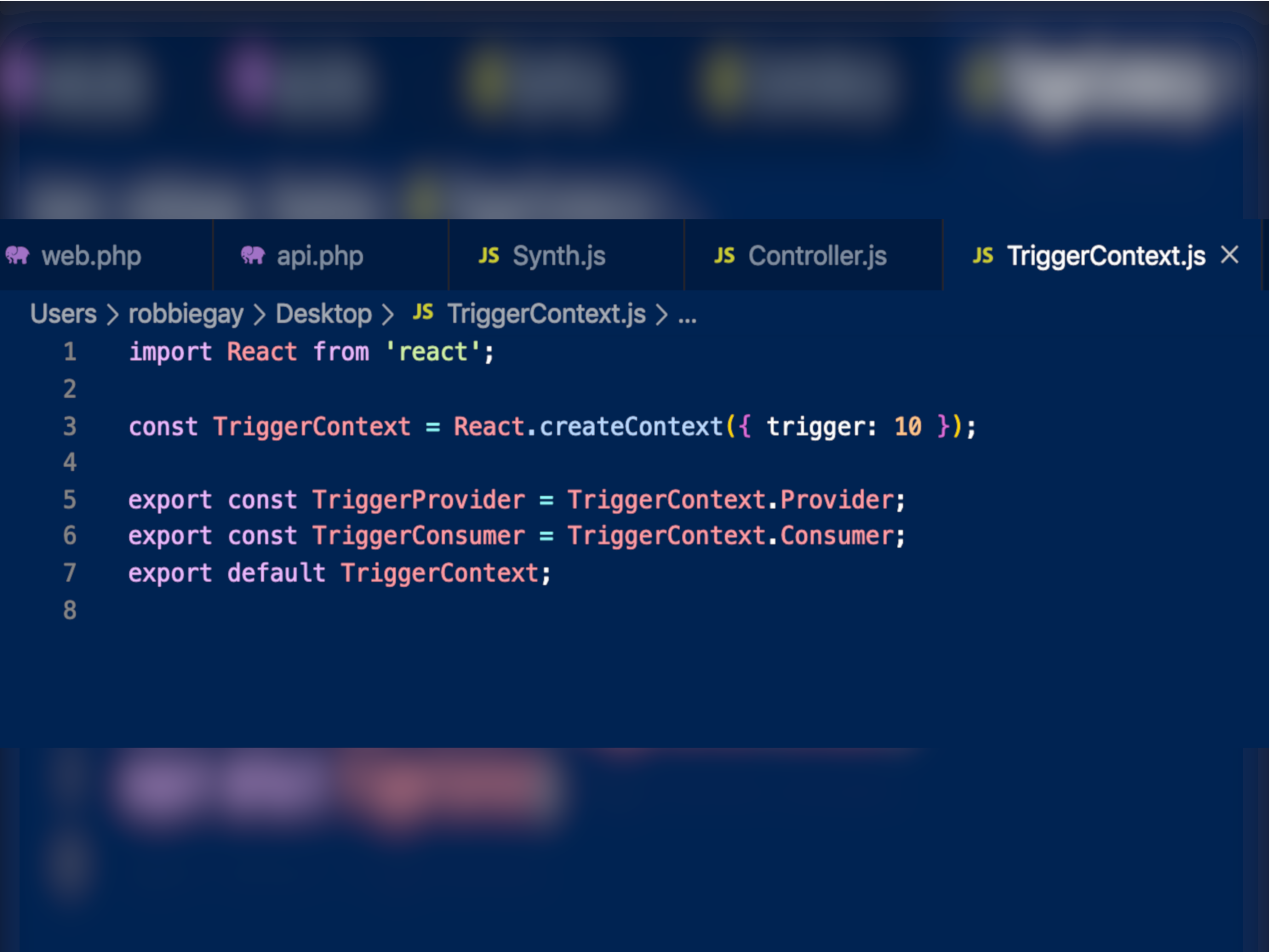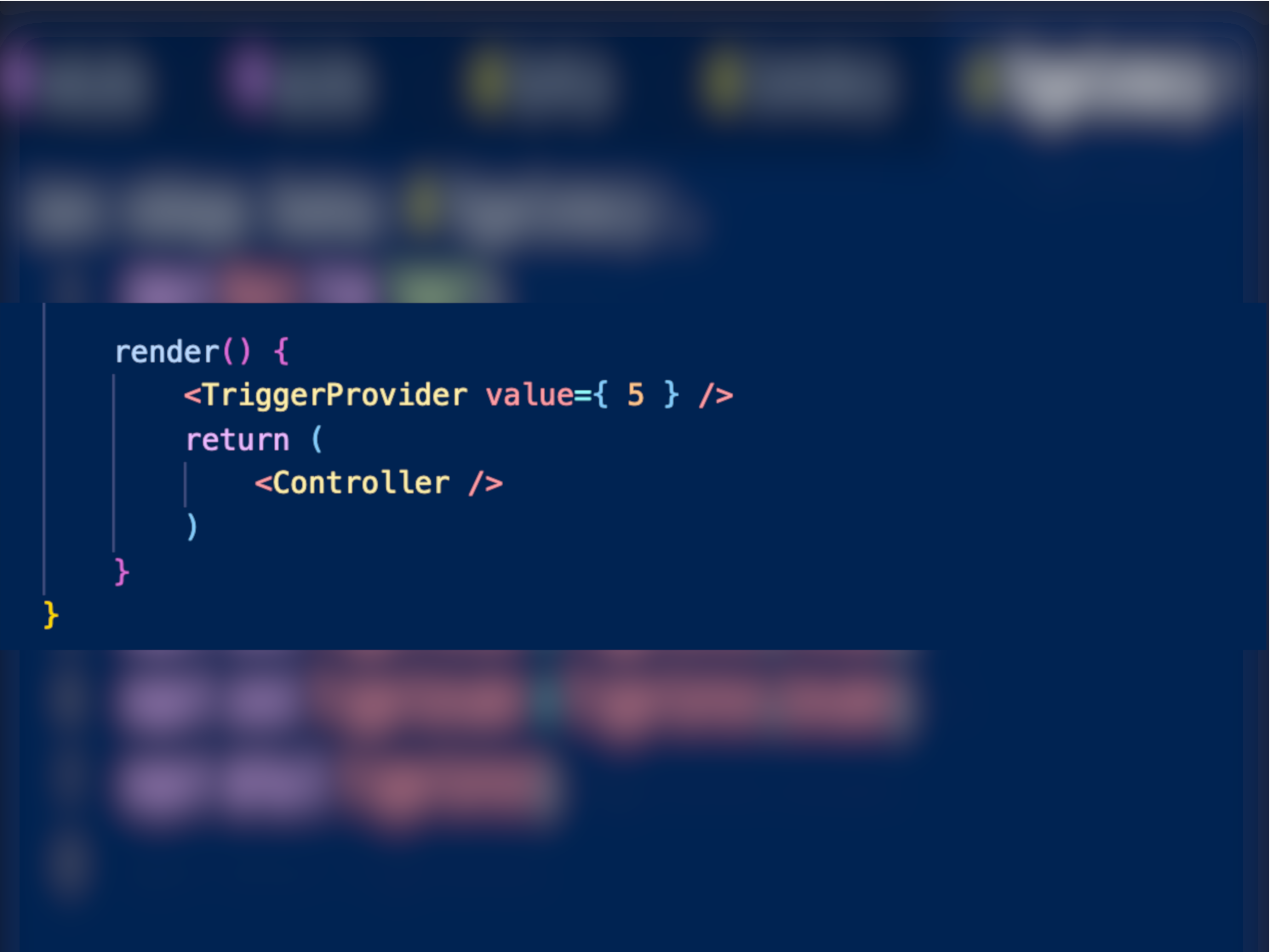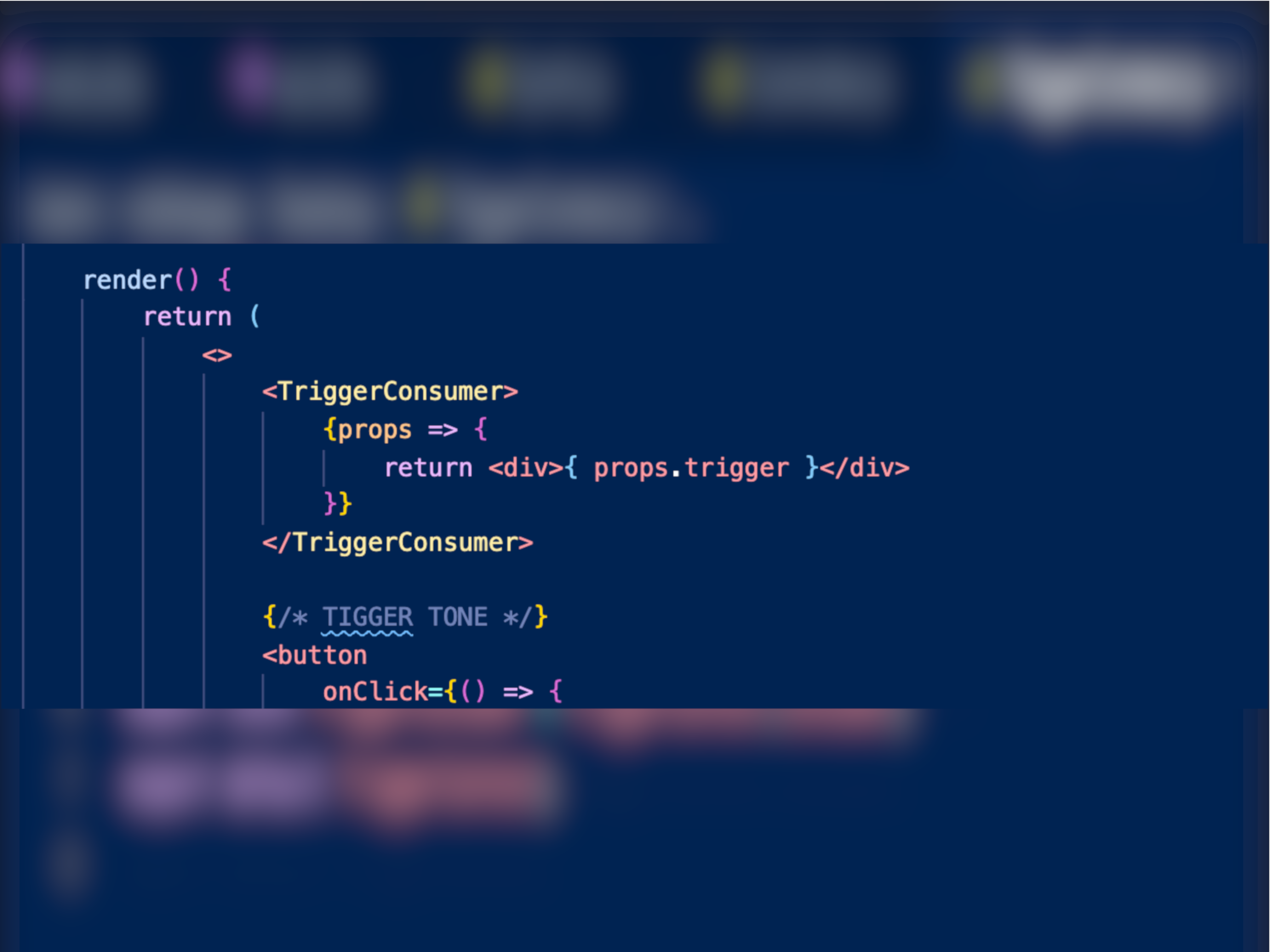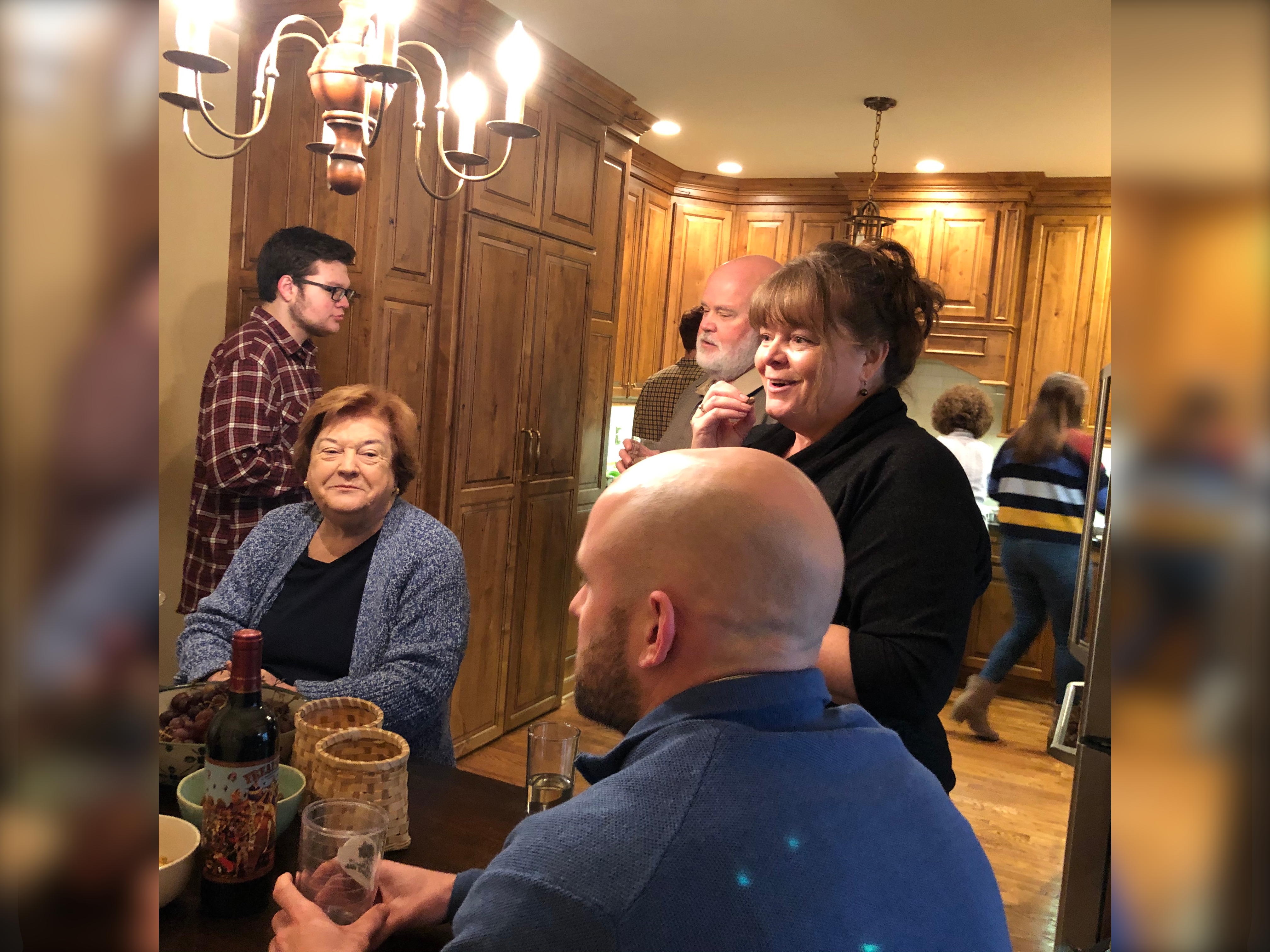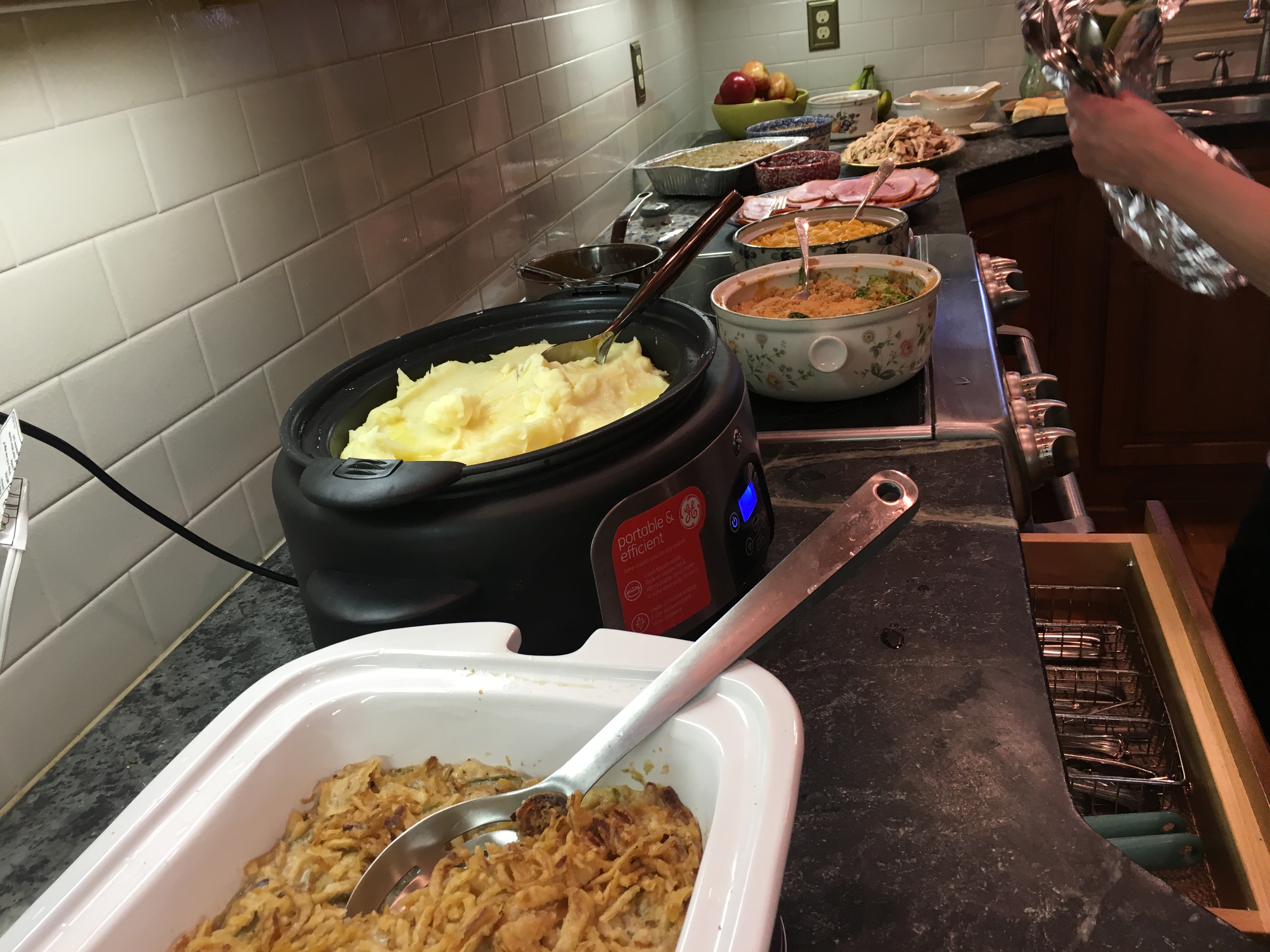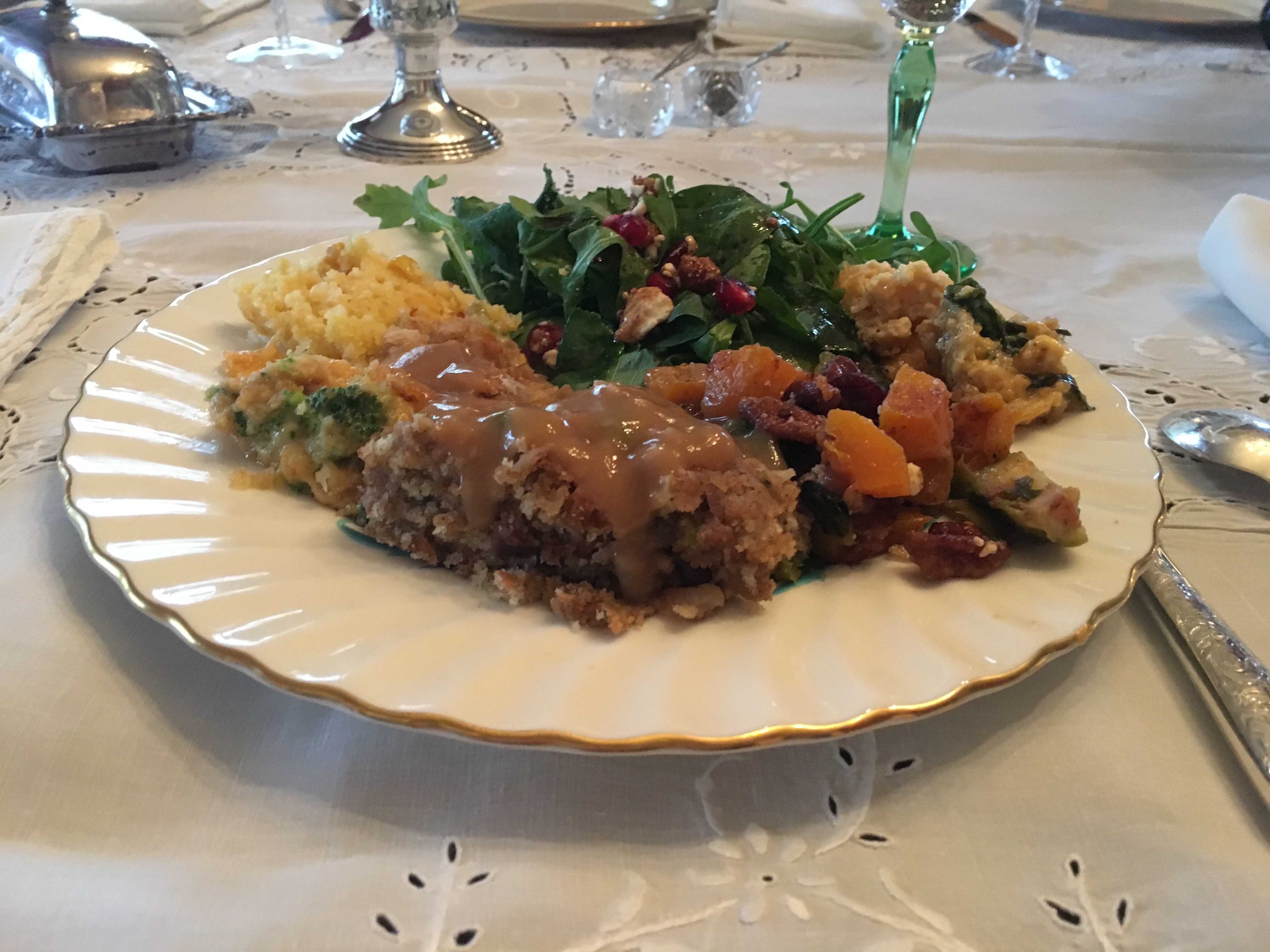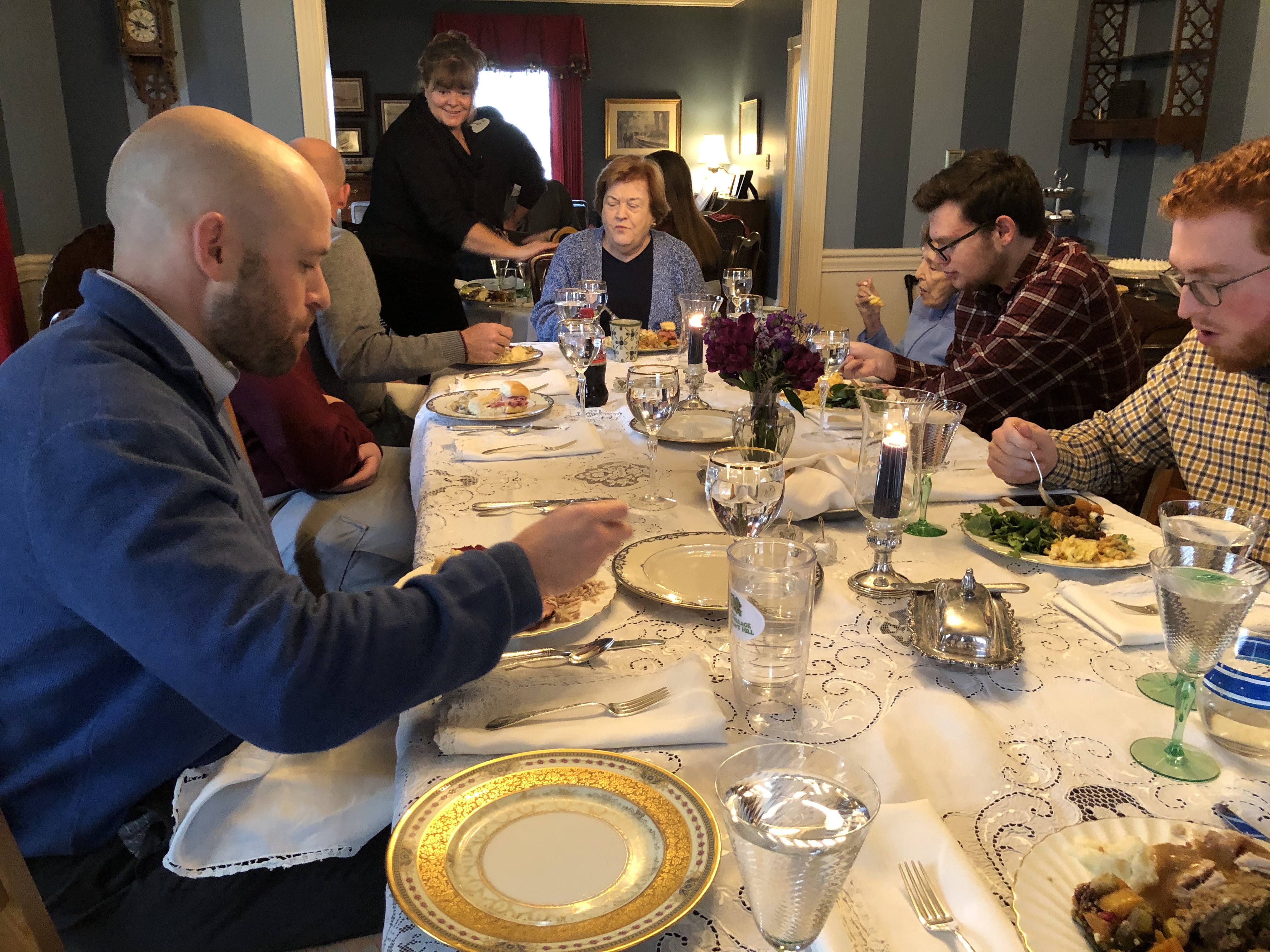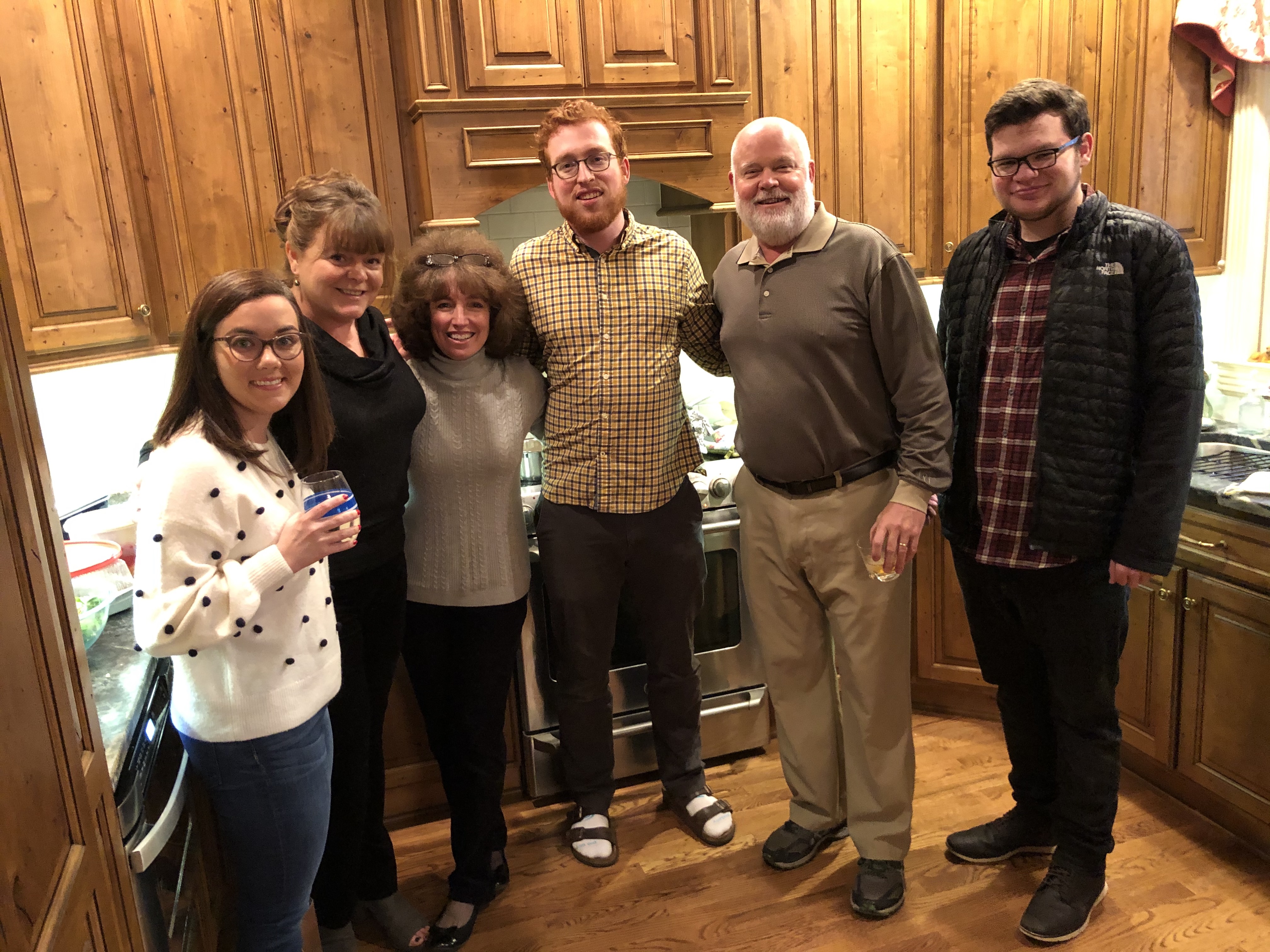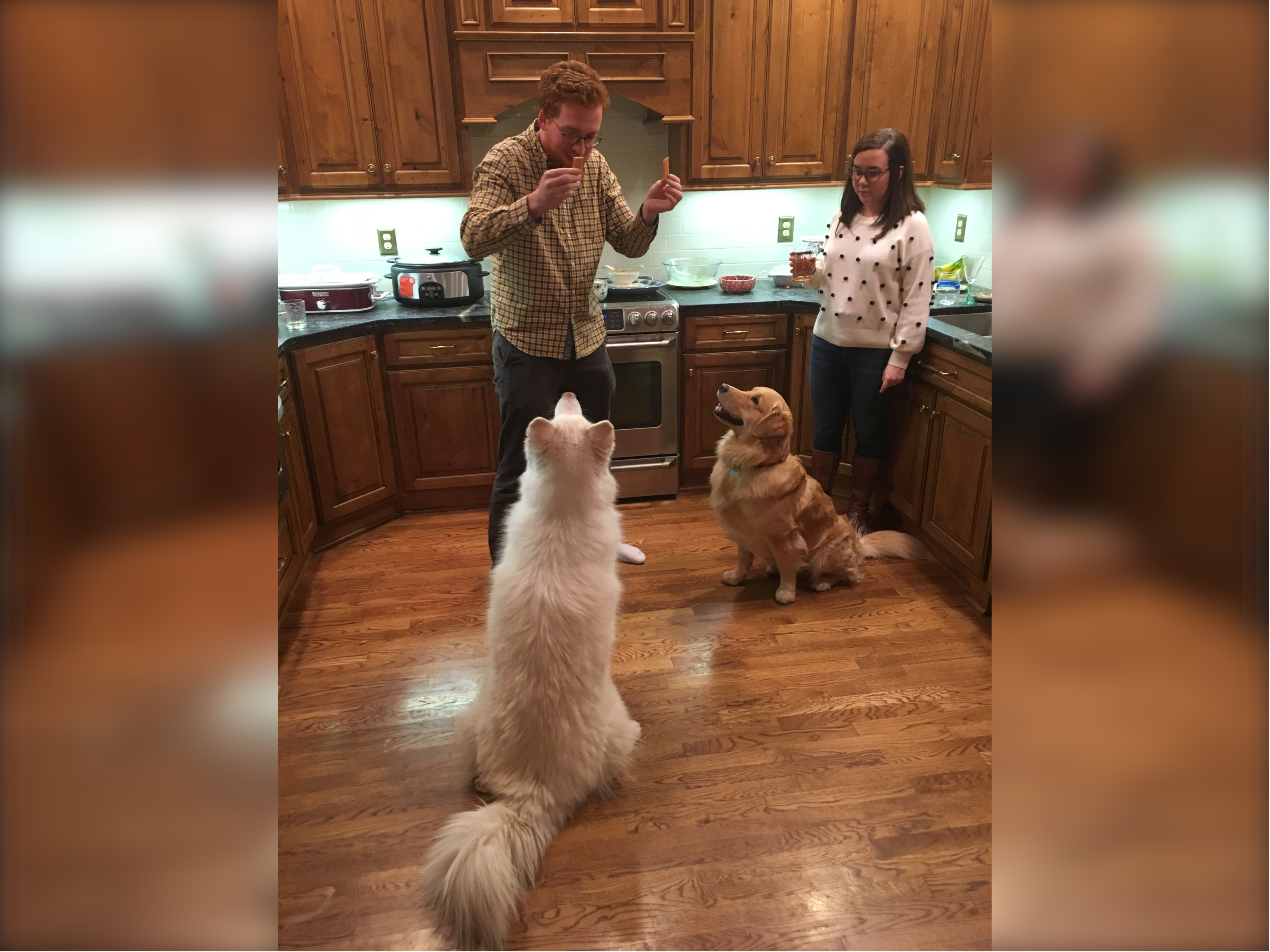This past week was week two of our final project sprint. We had three days to work in class (Mon-Wed), before breaking for Thanksgiving. Next week we will have two more class days to work on the final project (Mon and Tue), before presenting to our classmates on Wednesday, and presenting to the general public on Thursday! This week I tried to keep a daily log of what I worked on.
Monday
On Monday, I created a new kanban board for the project. Last week made me realize that time will play an important role in how much I will be able to get done, and I wanted to map out a project “prototype” — something with all of the core functionality, that I could then build on as time allowed.
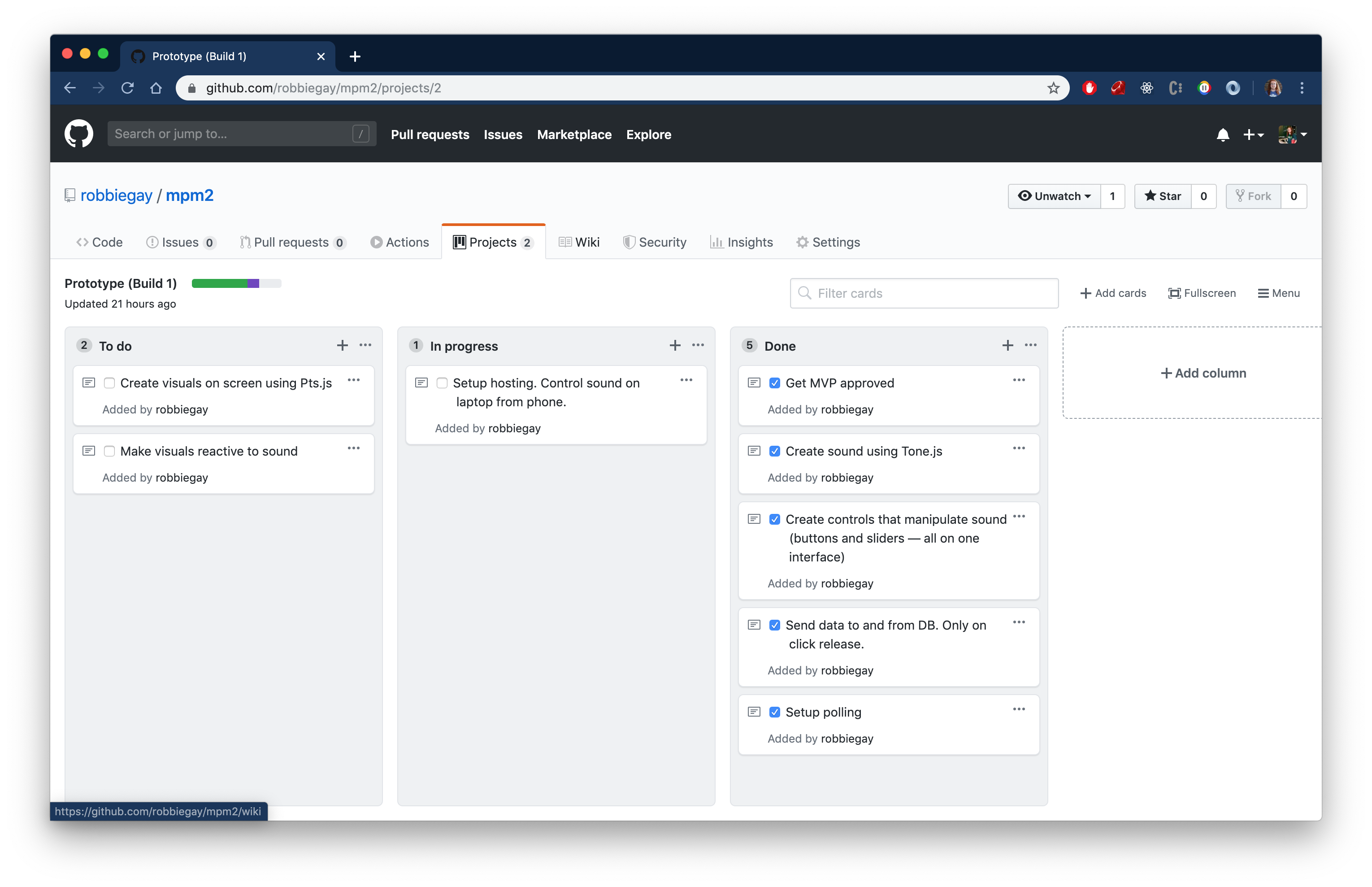
At this point I had a synth with parameter controls, and visuals that DID NOT yet react to the synth sounds. My synth parameters would store their values in state, and my first task this week was to try to store these values in my database. It was pretty straightforward to move the variables themselves, but I quickly ran into as issue with creating too many API calls. When I would move the slider once, it would send hundreds of calls to the database. This would cause a “429 — too many requests" error. To remedy this, I decided to use a technique called polling — basically, checking for updates at regular time intervals. I found that if I limited myself to one API call per second, I could mostly avoid 429 errors.
My next step was to clean up my code. During the process of adding new features and trying to fix bugs, I would often “comment out” various fixes. This allowed me to see what I had tried, what had worked, and what did not. Now that I had some functioning code, I went through and deleted unused code, cleaned up existing code, and added explanatory comments.
After lunch (a quick stop at Sahara with Sam and Anna, and a tour of Nymbl’s offices), I still had one more problem I wanted to tackle: I was separating my synth and synth control components, and knew that they wouldn’t have any common parents to pass state up to. This meant that I needed some way to store my Boolean value for triggering synth sounds. One strategy that I attempted was using React context. Context allows you to store values outside of the parent-child tree. This was a new aspect of React to me, so first I had to research this technique, before then attempting to implement it.
After that failed to work, I tried using conditional rendering and then async functions before finally realizing that I might be able to solve my problem with a simple line of PHP in the API call. At this point it was 6pm, and I decided to go home and sleep on the problem.
Tuesday
Overslept my alarm — ended up being late to my workout class :(
Sleeping on my API call problem worked! I got into class this morning and ended up solving my problem in the first 30 minutes!
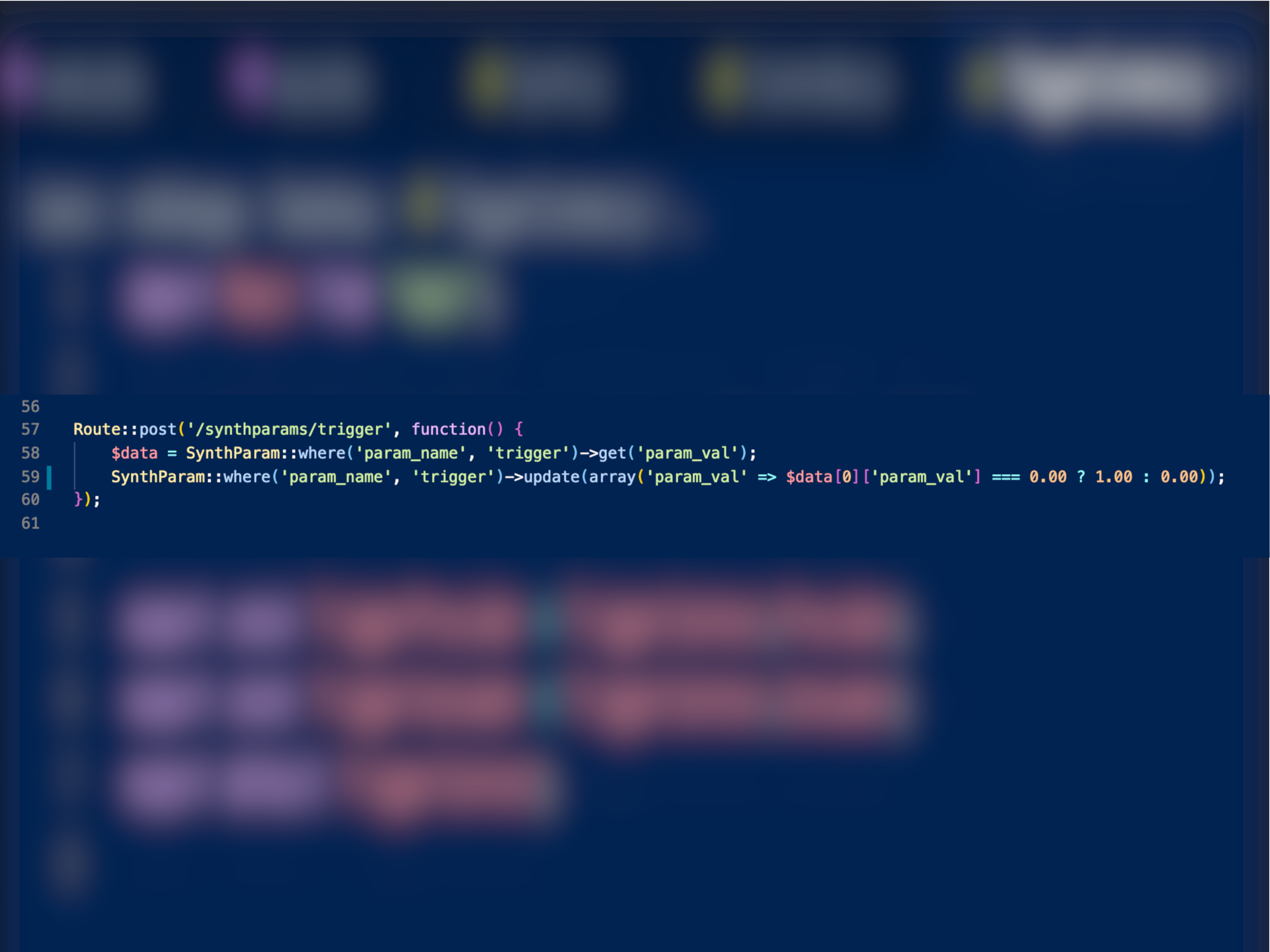
I spent most of the day working on getting my visualizer to react to my synth audio. It would work, but only in very brief flashes. Today was another fairly frustrating day — as I worked on one problem all day and found no solutions. I had both Ian and Justin help me, but since I was using a library (Pts.js) that they weren’t familiar with, neither of them had much luck. I stayed until 7pm, felt like I made no progress, and went home feeling a little defeated.
Wednesday
Wednesday was our final day before Thanksgiving break, and our last day to get hands on feedback from the instructors or our classmates. With only two days of coding remaining when we get back, it was pretty vital that we be in a good position when we left on Wednesday. Since I was still solidly blocked with my visualizer issue, Justin told me that he wanted me to check in at 3pm — and that if I couldn’t solve it by then, then I may have to consider pivoting on that aspect of my project.
In the morning, Ian helped me refactor my Synth and Visuals into one component. We thought that this would be helpful when attempting to analyze the sound and have the visuals react.
Since time was short, several of us decided to call in a pizza order. I asked for extra ranch. A good slice of pizza is wasted without some ranch to dip it in.
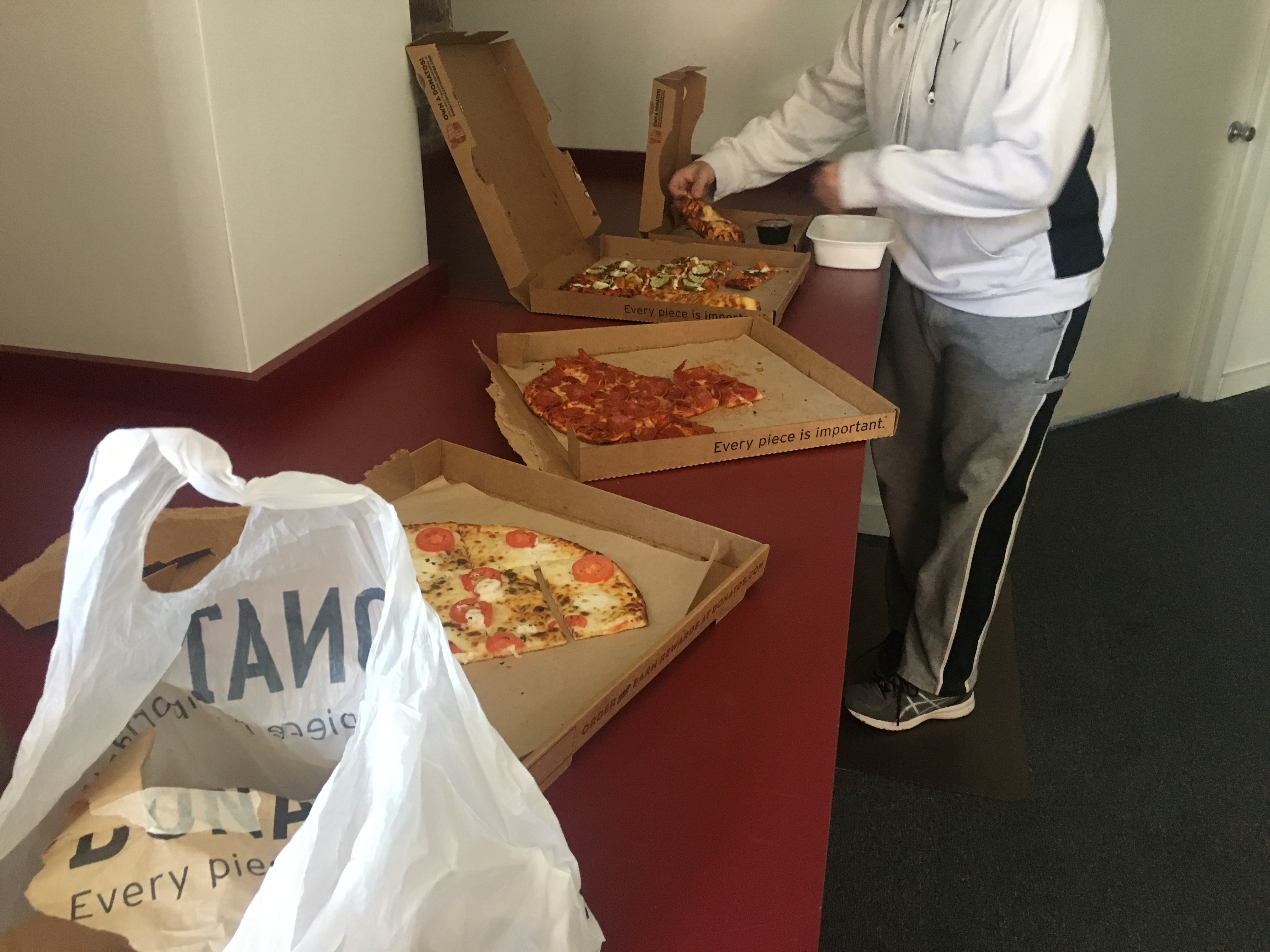
After lunch, I again worked with Ian in an attempt to fix my visualizer problem. Ian was leaving for Denver at 2pm, so time was pretty short. Ian had worked with me throughout the morning, and was now fairly familiar with Pts.js — this meant that his feedback was likely my last shot at completing this aspect of my project. As 2pm rolled around, we were both feeling pretty dejected — we had tried a whole host of fixes for the problem, but so far, nothing was working.
After Ian left, I went out and laid on the couch in the hallway. I wanted a break from my code, and, as often happens, this gave my mind a chance to approach the problem from a different angle. I realized that we had several parts working independently, and that there seemed to be no reason why we shouldn’t be able to combine these to get a functioning visualizer. I went back to our workroom, grabbed my laptop, and sequestered myself in a side office to make one last attempt at fixing my code.
I pulled up two different, partially working versions of the code. I began by commenting things out, section by section, trying to figure out what was breaking my visualizer. Finally, around 2:45, I commented out a small “if statement”, and suddenly the visualizer worked! It seems that we had left some code from a previous fix in our new version, and that it had been breaking everything else. Needless to say, I was pretty excited about getting my visualizer to work. I had been pretty bummed about the idea of giving up on this aspect of my project.
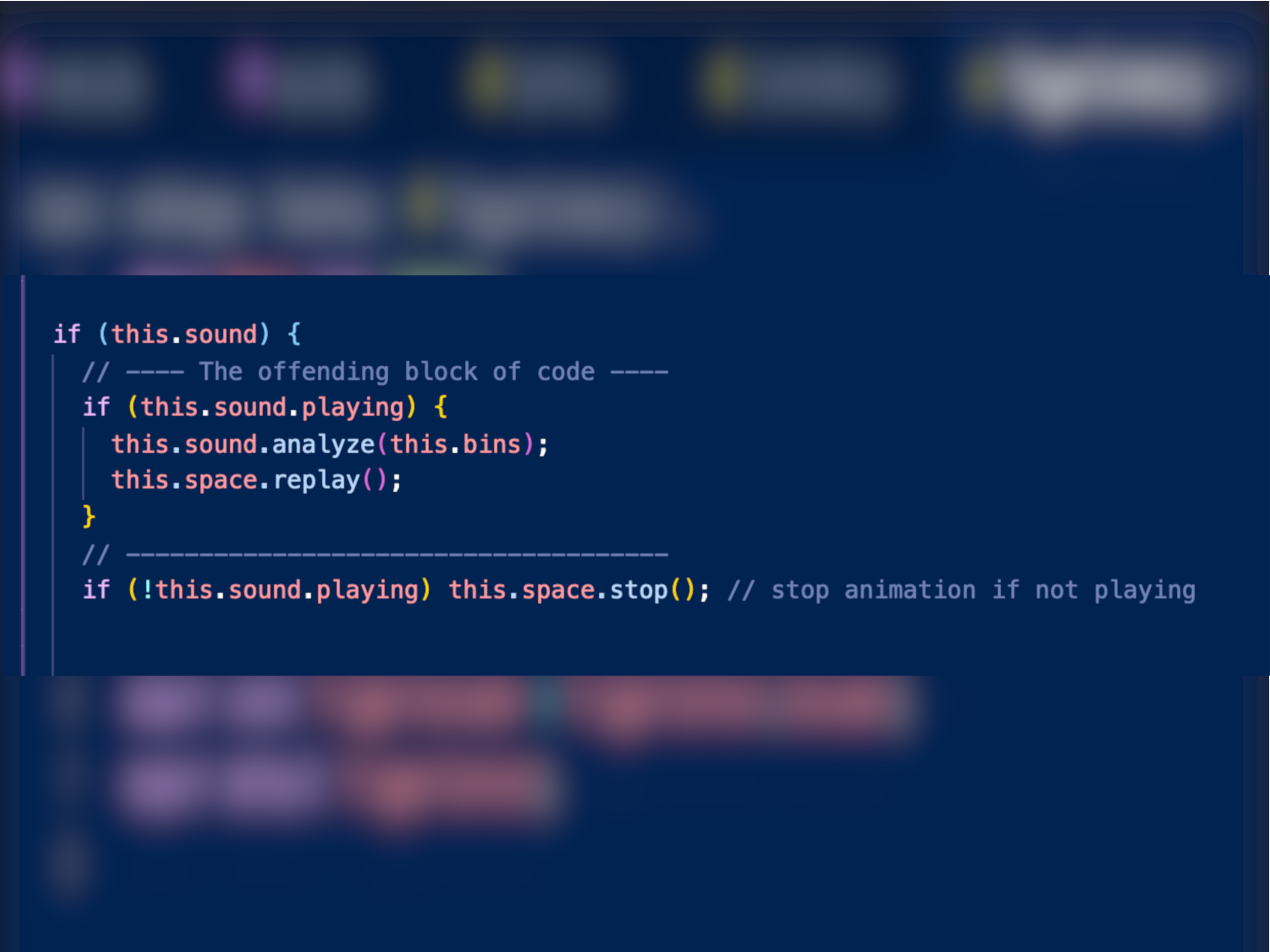
Fixing that issue completed my prototype build. I spent the next few hours adding additional styling, creating a kanban board for build 2, and cleaning up my code before finally heading out for the holiday weekend!
Thursday
I have a pretty large extended family in the Central Kentucky area, so everyone converged on my parents house for a Thanksgiving feast! I’ll let the pictures do the talking — I did not do much coding today.
The Weekend
I managed to work some more on my code over the weekend (as well as catching up on week 10 and week 11’s blog posts). I mostly worked on some small features, and planned out what major features I would start tackling on Monday. Some of the features that I added: fixing the polling bounce issue, adding controls for manipulating the visualizer, and figuring out how to set an EQ range.
Final Project: Week 2 Reflection
I wanted to end this blog post with a few things that I have leaned so far while working on this project.
The low hanging fruit would be the new technologies that I have on boarded: Tone.js and Pts.js. While learning specific frameworks and libraries is important, as a beginner developer, the important lessons that I think I have learned are project management and pragmatic problem solving skills.
This was the first project where we have designed everything from the ground up. My initial MVP designated story (task) difficulty using a point system. A one point story was easy, while an eight point story could be really really hard. Once I started coding, I found that many tasks had unexpected components that made them harder than expected. Within a few days of working on my project, I had to start “pruning” my stories — prioritizing the most essential stories, and reassigning point values once I realized the full magnitude of each task.
I have also learned some new strategies for dealing with problems as they
arise. When importing an element (for example, PtsCanvas), you
can right click in
VSCode and
select “go to definition” to find out how that component is defined. Reading
the meaning behind these higher level abstractions can really help you figure
out what is going wrong and why.
A second strategy that I learned was to build test code, something much simpler than the project you are working on. This test code’s only job is to test out a key piece of functionality which you do not yet understand.
A third technique that I learned is to compare my code to examples used in the package documentation. When I was struggling to get Pts.js to work, I looked up some of their example projects that were doing something similar (sound frequency analyzation). I went through their code line by line, commenting things out and changing variable values to get a better understanding of what code controls what aspect of the project.
And finally, a fourth problem solving technique that I used was to go to others for help. When asking an instructor or classmate, I would write down what my specific problem was, make a list of what I have done to try to solve it, and list out what my theories are regarding why the code does not work. I found that this helped them better understand my problem, and quickly orient themselves in my code.
I’m hoping to use these new project management and problem solving skills in my future software endeavors!

